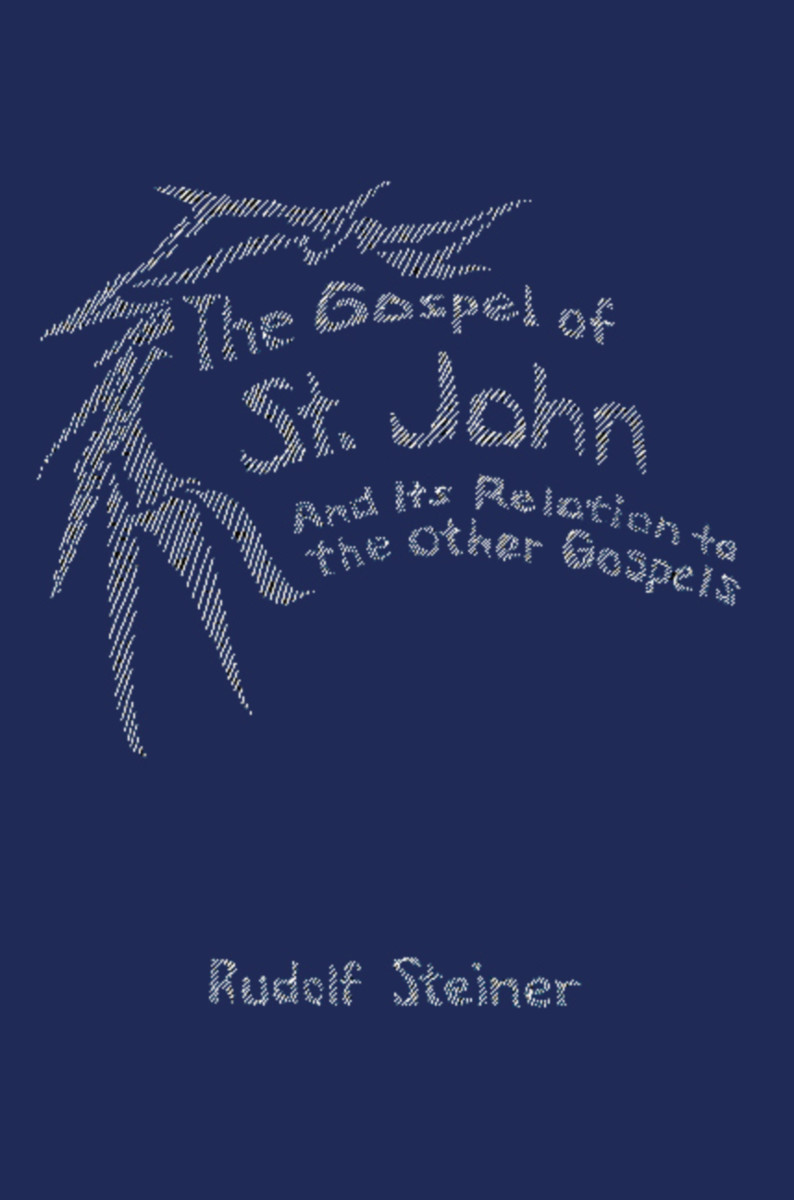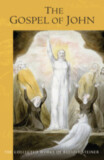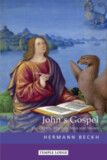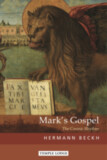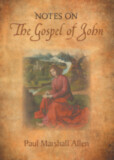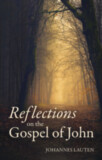The Gospel of St. John
And Its Relation to the Other Gospels (CW 112)
- Publisher
SteinerBooks - Published
19th July 1994 - ISBN 9780880100144
- Language English
- Pages 320 pp.
14 lectures, Kassel, June 24 – July 7, 1909 (CW 112)
Beginning at the turn of the century, Rudolf Steiner began to express a passionate interest in Christianity. For him, the event he called the “Mystery of Golgotha” is more than the central event of Christianity; it is, in fact, the turning point in time for all human and earthly evolution. In his Autobiography, Steiner clarified his views on Christianity:
Some of what I said and wrote during that period [1890s] seems to contradict the way I described Christianity later on. This is because, when I wrote the word Christianity, I was referring to the teachings of a “world beyond” that was active in all Christian doctrines at the time. The whole meaning of religious experiences pointed to a world of spirit, one that was supposed to be unattainable by human intellect. Whatever religion might have to say and whatever precepts for moral life it might offer arise from what is revealed to human beings from outside. My own direct, inner perception of spirit objected to this; it wanted to experience the worlds of both spirit and the physical in perceptions of the human being and nature. And my ethical individualism objected to this. It rejected the external support of commandments for morality; such support came instead as the result of spiritual soul development within the human being, where divinity lives.That was a trying time for my soul as I looked at Christianity. This period lasted from the time I left the Weimar work until I wrote my book Christianity as Mystical Fact. These kinds of tests are obstacles, placed in one’s path by destiny (or karma), and they must be overcome through spiritual development.
In these talks, Rudolf Steiner offers his profound insights into the essential truths behind the Christ event, as well as the historic and prehistoric events—on Earth and in the spiritual worlds—leading up to the turning point in time. He shows that the ancient mysteries of the East, the Persians, the Egyptians, the Greeks, and the streams behind those impulses—going back to Atlantis and Lemuria—all lead to the event of Christ’s incarnation and the Mystery of Golgotha, through which the Earth became the body of Christ. Further, Steiner talks about what those events mean for the future of humanity and the Earth.
The Gospel of St. John and Its Relation to the Other Gospels is an essential document in the literature of Christology and for understanding the central place of esoteric Christianity in Anthroposophy.
The Gospel of St. John and Its Relation to the Other Gospels is a translation of Das Johannes-Evangelium im Verhältnis zu den drei anderen Evangelien, besonders zu dem Lukas-Evangelium (GA 112).
The essential topics discussed in these lectures:
- The Christians of St. John; the rebirth of the higher "I" in individuals and in humanity
- The living spiritual history; the leaders of humanity; the creative Word
- The transformation of Earth; the prototypes of created types; the servants of the Word
- The hierarchies of our solar system and the kingdoms of the Earth
- Human development during the incarnations of our Earth; the kingdom of the luciferic and ahrimanic spirits and the kingdom of the divine spiritual beings
- The Atlantean oracles; post-Atlantean sanctuaries of initiation; the baptism by John
- The baptism with water and the baptism with fire and spirit
- The Mysteries of initiation; rebirth through Jesus Christ
- The artistic composition of the Gospel of St. John; the climax of power in the signs and miracles
- Events at the baptism by John; Christ's mastery over the laws of the skeletal structure and the conquest of death
- The establishment of harmony in the inner forces of human beings through the Christ impulse; the connection between the ancient mysteries and the Gospels
- The decline of the ancient wisdom and its renewal through the Christ impulse; the significance of the Mystery of Golgotha for human evolution on Earth
- The cosmic significance of the Mystery of Golgotha; the conquest of death through the expulsion of the luciferic and ahrimanic influence; death as the bringer of life; the Earth becomes a new sun; the effects of the Christ light and its reflection in the Earth's periphery as a spiritual sphere; the Holy Spirit
- The Earth as the body of Christ and as a new center of light; the Last Supper as a preparation for mystical union with Christ; Paul, the apostle of the spiritually living Christ; the seven stages of Christian initiation; death as the seed of eternal "I" being; spirit knowledge is the fire of life
Rudolf Steiner
Rudolf Steiner (b. Rudolf Joseph Lorenz Steiner, 1861–1925) was born in the small village of Kraljevec, Austro-Hungarian Empire (now in Croatia), where he grew up. As a young man, he lived in Weimar and Berlin, where he became a well-published scientific, literary, and philosophical scholar, known especially for his work with Goethe’s scientific writings. Steiner termed his spiritual philosophy anthroposophy, meaning “wisdom of the human being.” As an exceptionally developed seer, he based his work on direct knowledge and perception of spiritual dimensions. He initiated a modern, universal “spiritual science” that is accessible to anyone willing to exercise clear and unbiased thinking. From his spiritual investigations, Steiner provided suggestions for the renewal of numerous activities, including education (general and for special needs), agriculture, medicine, economics, architecture, science, philosophy, Christianity, and the arts. There are currently thousands of schools, clinics, farms, and initiatives in other fields that involve practical work based on the principles Steiner developed. His many published works feature his research into the spiritual nature of human beings, the evolution of the world and humanity, and methods for personal development. He wrote some thirty books and delivered more than six thousand lectures throughout much of Europe. In 1924, Steiner founded the General Anthroposophical Society, which today has branches around the world.


